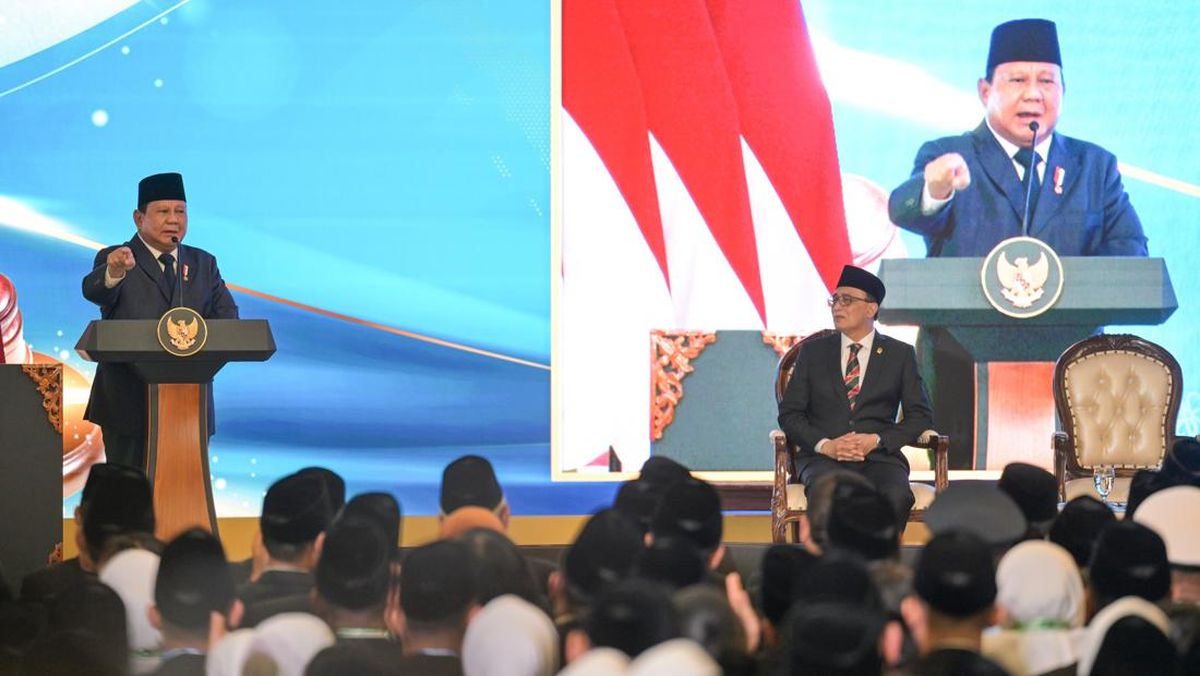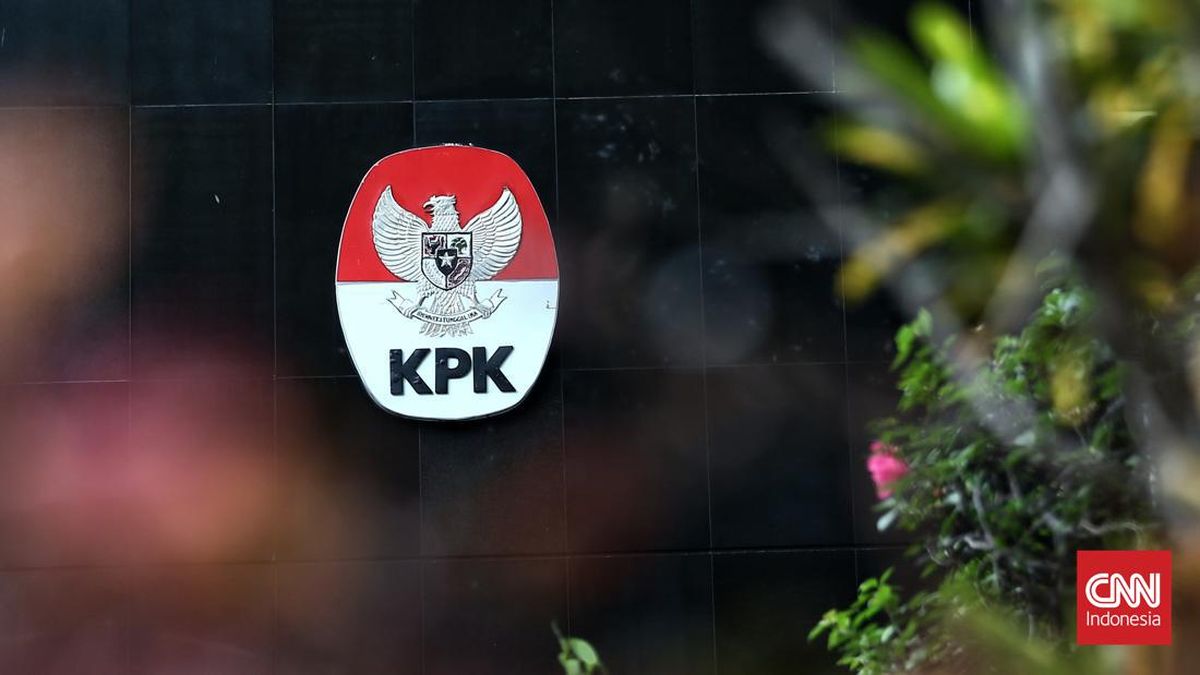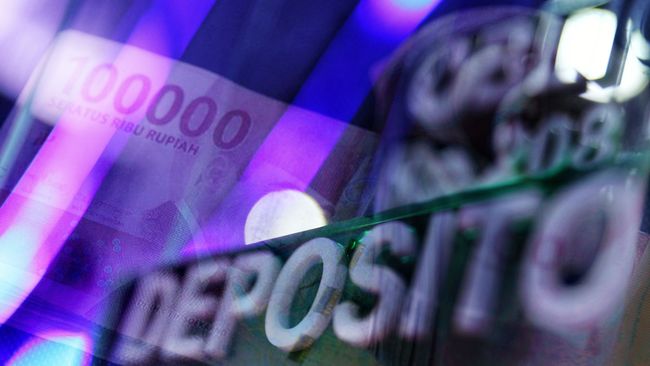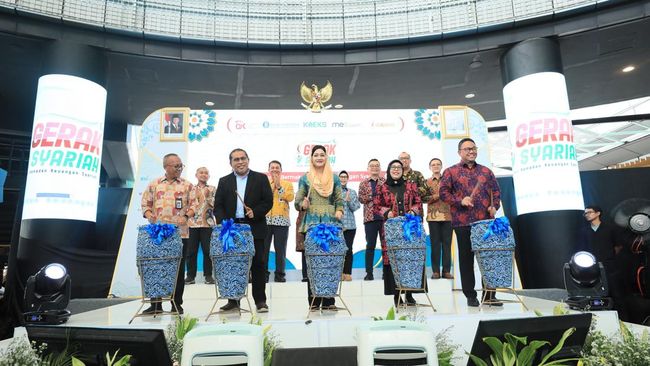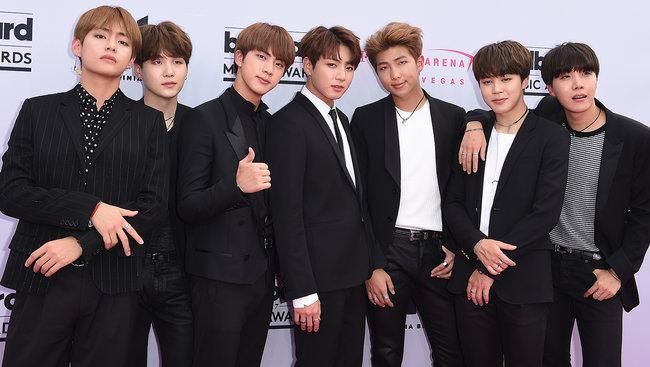Last year, Apple's WWDC keynote was jam-packed with AI promises and unbridled ambitions. This year, the tech giant scaled back its Apple Intelligence messaging and made it crystal clear what we'd be getting – and not getting – in its latest software updates. To some, this may have been a letdown. But to me, it was a refreshing callback to a simpler, pre-AI-dominated era.
The messaging switch-up was most evident when it acknowledged the delayed rollout of its AI-supercharged Siri. Within the first five minutes of the event Monday, Craig Federighi, senior vice president of software engineering at Apple, essentially told anyone hoping for updates they were out of luck. "We're continuing our work to deliver the features that make Siri even more personal," he noted. "This work needed more time to reach our high quality bar, and we look forward to sharing more about it in the coming year."
Watch this: Introducing iOS 26 at WWDC25
04:37
And it wasn't just Siri. AI announcements in general took a backseat to one key element that's helped Apple stand apart for decades: design. At multiple points in the presentation, leaders raved (even more than usual) about the appearance and functionality of Apple's software, and the Liquid Glass redesign arriving with iOS 26 took center stage.
The handful of Apple Intelligence updates that were announced were more modest additions to existing apps and processes, like AI-powered poll suggestions in iMessage group chats and Adaptive Power to boost your iPhone's battery life.
Alan Dye, vice president of human interface design at Apple, said during the keynote, "We've always cared deeply about every detail of our software design, and it's these moments of beauty, craft and joy that bring our products to life."
It's undeniably corporate fluff, but that doesn't mean there isn't any truth to it. Arguably no company has done a better job ensuring hardware and software play as nicely together as Apple, and the design of both these elements – barring a few hiccups – has been consistently strong. Apple using this year's WWDC to focus not on AI, but on that distinguishing design factor doesn't so much feel like a cop-out as it does a refocus, and a reclamation of why the brand matters in the first place.
Other practical yet subtle improvements like Live Activities on Mac, Call Screening on iPhone (finally) and more versatile windows on iPad admittedly made this WWDC keynote feel slightly underwhelming, especially in the age of flashy AI announcements. But to me, it was a welcome return to functionality being the primary focus, rather than just investor-approved buzzwords largely meaningless to the average consumer. In fact, given how lukewarm general reception has been to mobile AI so far, Apple may be onto something.
According to a new CNET survey, just 11% of US adults choose to upgrade their phones to access AI features, and about 3 in 10 people don't find mobile AI helpful. And yet these tech keynotes have consistently become dspectacles for launching generative AI features most people never asked for. Competitors like Google and Samsung have loaded their devices with next-generation AI capabilities, but Apple lags behind, and pressure is mounting.
The iPhone maker has released a handful of Apple Intelligence updates over the past year like notification summaries, writing tools and image generation. But its biggest unfulfilled promise is the modernized Siri it debuted last June, which is supposed to be more intuitive and helpful. But with repeated delays, the smarter assistant may not be available until 2027.
"While it might seem others are leading the AI race, it is not a sought-after feature among users and there's no revenue uplift (for now)," analyst Paolo Pescatore said in a statement. "The subtle addition of Apple Intelligence across key services will help grow awareness and provide users with confidence to drive further engagement. The tight integration between hardware, software and services really stands out with this latest move."
It seems Apple has learned its lesson on getting ahead of itself and making grand promises. Its approach to this year's WWDC felt more measured and on-brand than the AI showmanship of last year's keynote. It was a return to what I believe most people want to hear about: design and software updates that simply make our devices more enjoyable to use, accompanied by more curated Apple Intelligence updates like real-time language translation or a Hold Assist phone feature to save your spot on customer service calls.
"Although they made some uncharacteristically early promises last year, in my opinion they serviced their brand better avoiding that this year, choosing to go at a pace they are comfortable with," Nabila Popal, the senior research director at IDC, said in a statement. Whether that's a pace Apple and consumers will stay comfortable with remains to be seen, but so far, it seems to be going just fine.

 1 day ago
7
1 day ago
7
